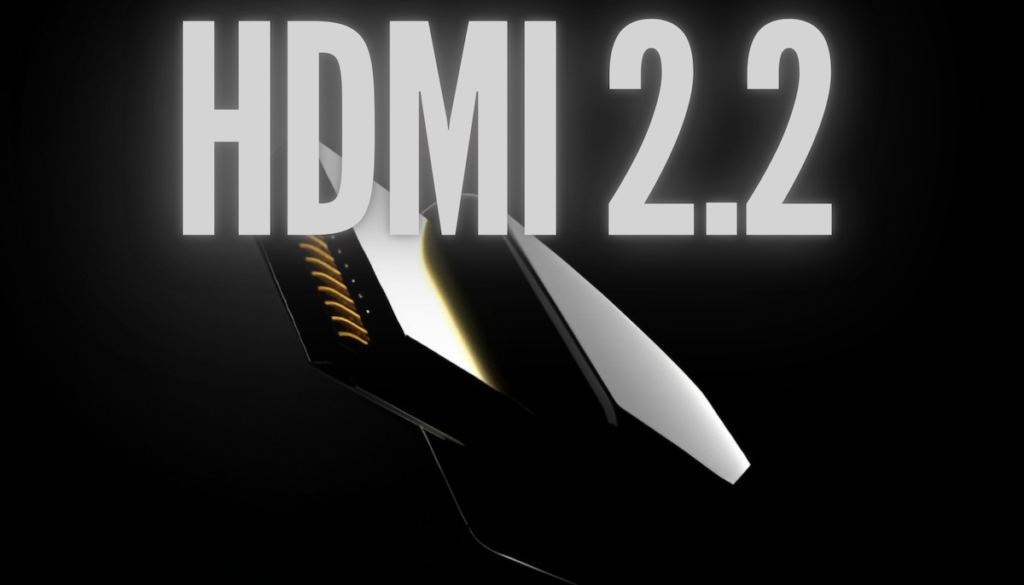The HDMI Forum has unveiled HDMI 2.2, marking a significant advancement in display interface technology. This new specification brings several key improvements:
Increased Bandwidth
HDMI 2.2 doubles the bandwidth capacity to 96Gbps, up from HDMI 2.1’s 48Gbps. This substantial increase enables support for:
- 4K resolution at up to 480Hz
- 8K resolution at up to 240Hz
- 10K resolution at 120Hz
The enhanced bandwidth is particularly beneficial for data-intensive applications such as AR/VR/MR, spatial reality displays, and commercial uses like large-scale digital signage, medical imaging, and machine vision.
Improved Audio-Video Synchronization
A notable feature of HDMI 2.2 is the introduction of the Latency Indication Protocol (LIP). This protocol aims to significantly improve audio and video synchronization, especially in complex setups involving multiple devices like AV receivers or soundbars. LIP addresses the long-standing issue of audio-video lag, promising a more seamless entertainment experience.
New Cable Standard: Ultra96
To support the increased bandwidth, HDMI 2.2 introduces the “Ultra96” HDMI cable. These cables will undergo strict certification, including anti-counterfeit measures, to ensure authenticity and performance.
Broader Applications
While HDMI 2.2’s capabilities extend beyond current consumer needs, they pave the way for future technologies. The increased bandwidth and improved synchronization are particularly valuable for emerging fields like augmented and virtual reality, as well as advanced commercial applications.
Adoption Timeline
The HDMI 2.2 specification is expected to be available for adoption in the first half of 2025. However, it may take some time before consumer devices supporting this new standard become widely available.
Conclusion
HDMI 2.2 represents a significant leap in display technology, offering increased bandwidth, improved synchronization, and support for higher resolutions and refresh rates. While its full potential may not be immediately realized in consumer products, it sets the stage for future advancements in visual and audio experiences.
